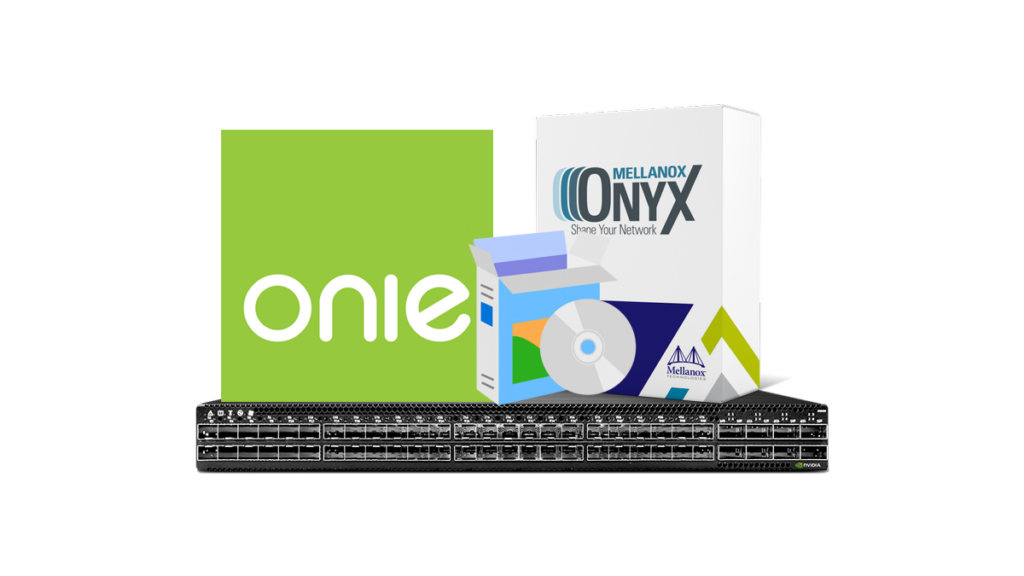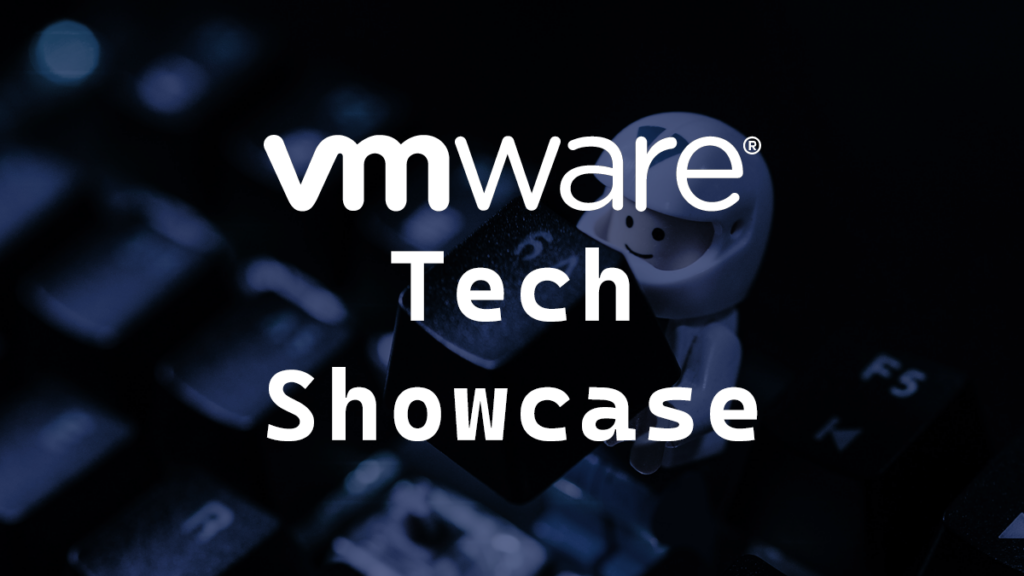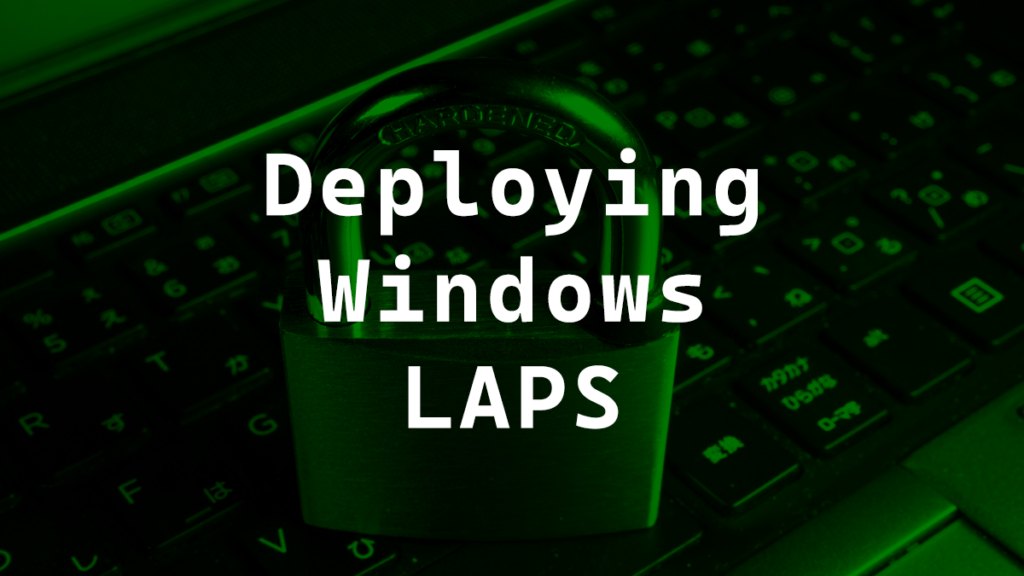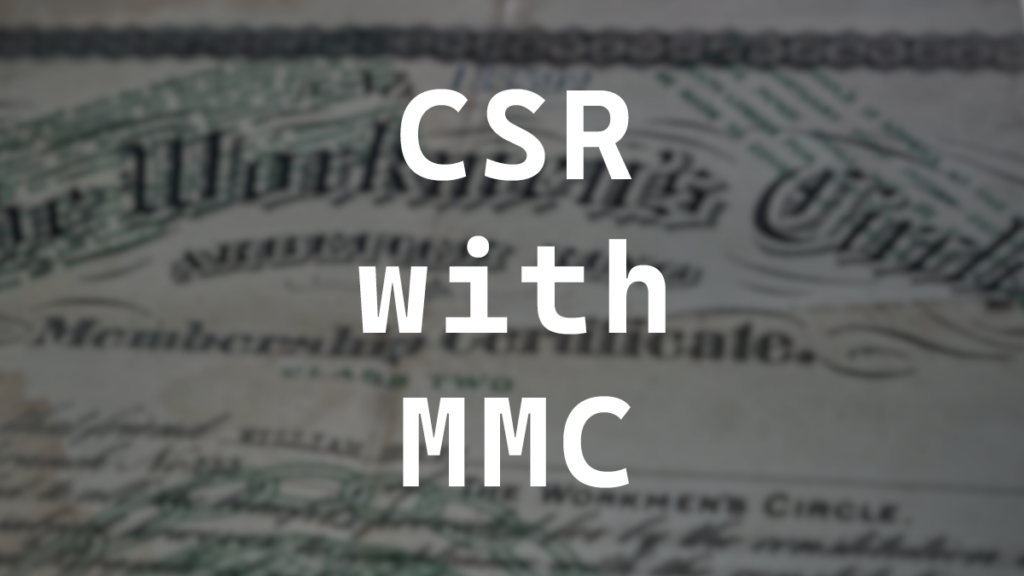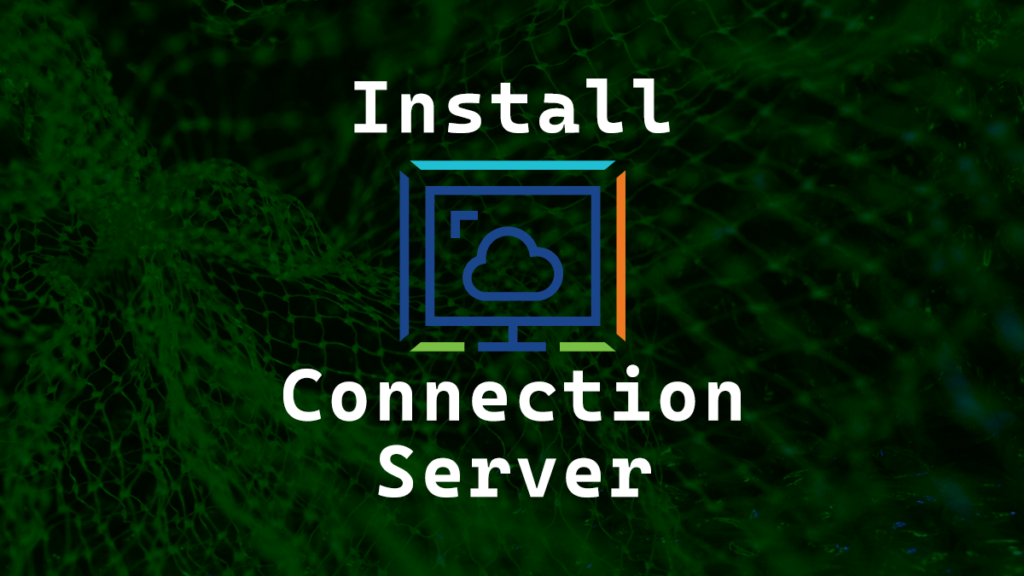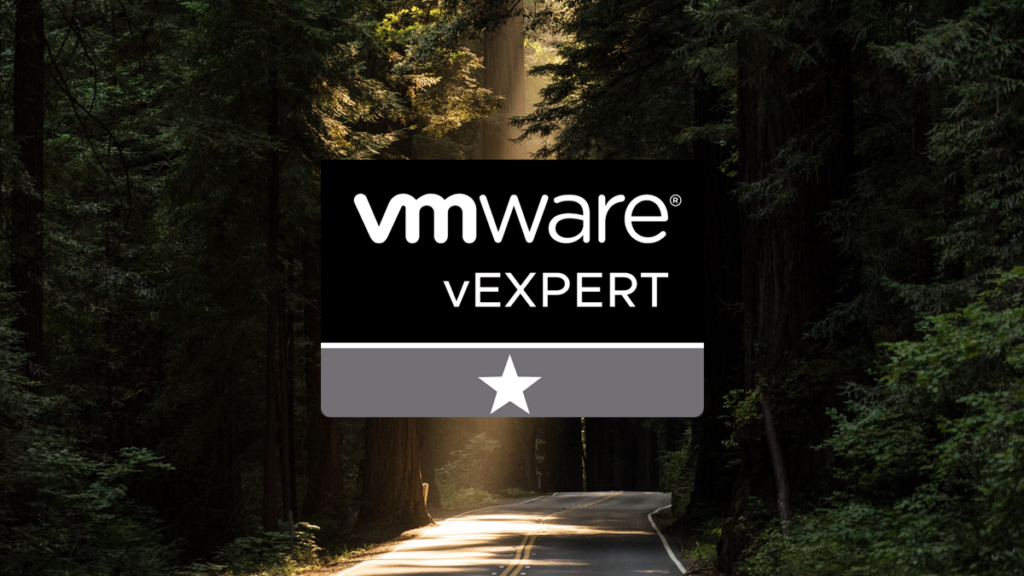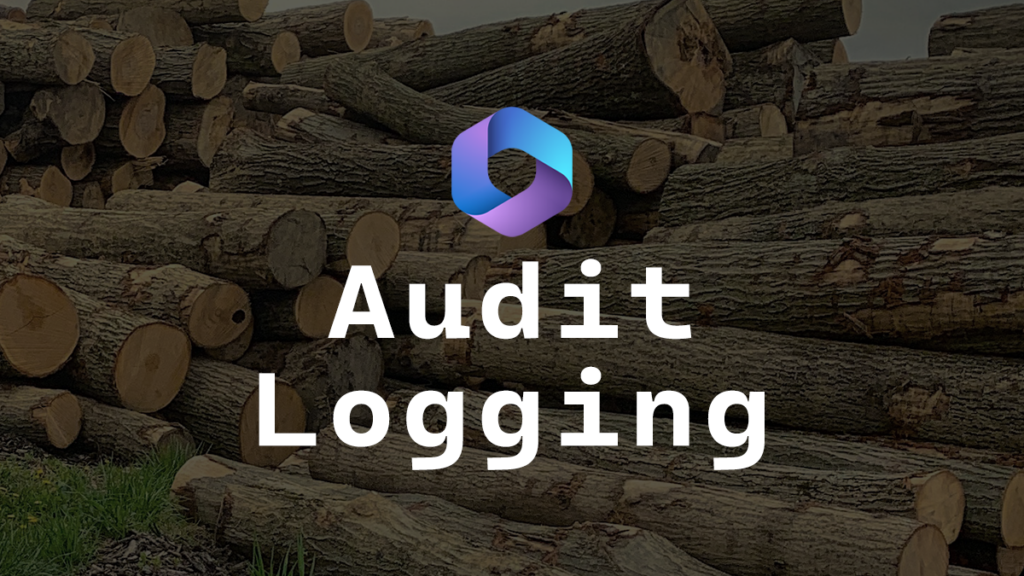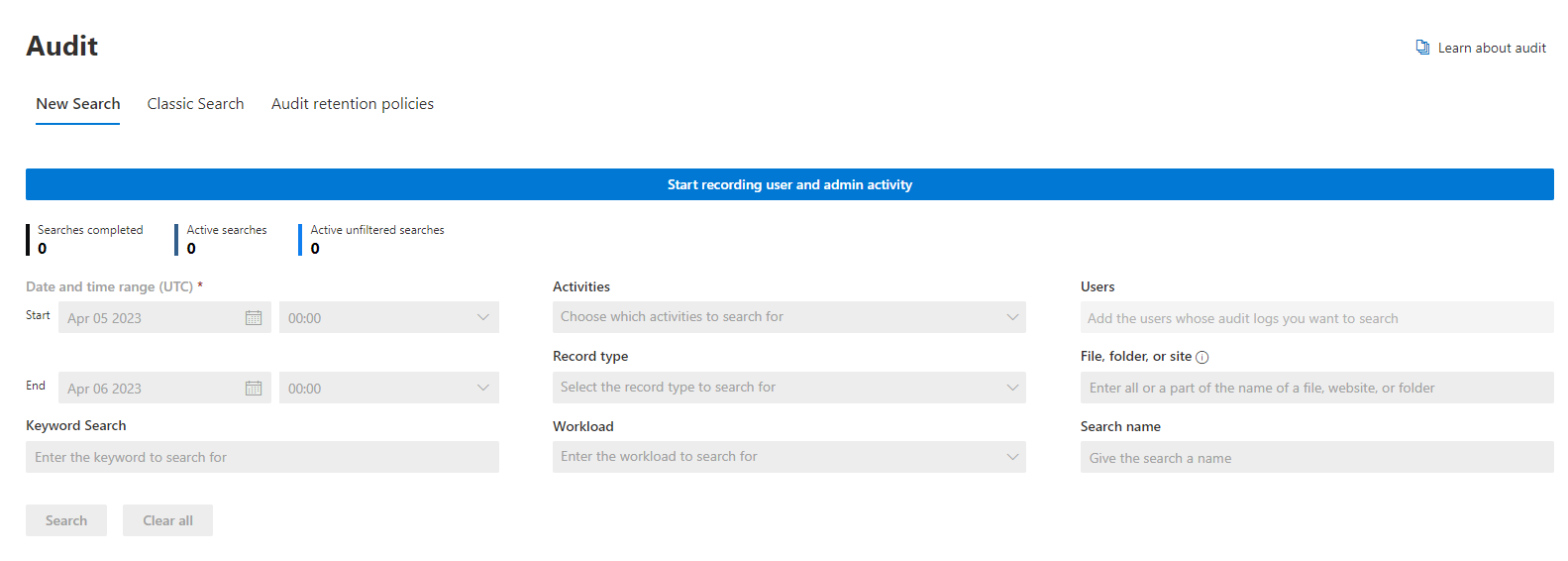Switches that support ONIE (Open Network Install Environment) are amazing switches because you can just change which NOS (Network Operating System) you are running relatively easily.
ONIE was created by Cumulus Networks in 2012. In 2020 Nvidia bought Cumulus just after purchasing Mellanox the year before.
I will detail step-by-step how to install ONIE and how to install the Onyx (MLNX-OS) NOS on the SN2410 switch. The process for other NOS and other switches should be similar.
Prerequisites
- Compiled ONIE recovery image for your switch.
I need the one for Mellanox/Nvidia that file will have a name similar to this onie-recovery-x86_64-mlnx_x86-r0.iso
- The NOS install file.
I’ll be installing Onyx, the Onyx install file will have a name similar to this one X86_64-3.9.3202-installer.bin if you google around you should be able to find it.
- Console connection to the switch
- USB drive
- Network cable plugged into mgmt0 on a network with DHCP.
- BIOS password if one is applied. Here’s how to reset the BIOS password for Onyx (MLNX-OS) switches. If the SSD in the switch has nothing on it then you can get by without the BIOS password.
Installing ONIE
- Download the most recent version of Rufus.
- Write the ONIE recovery image to the USB drive.
The default settings should be fine. This is what I used.
…